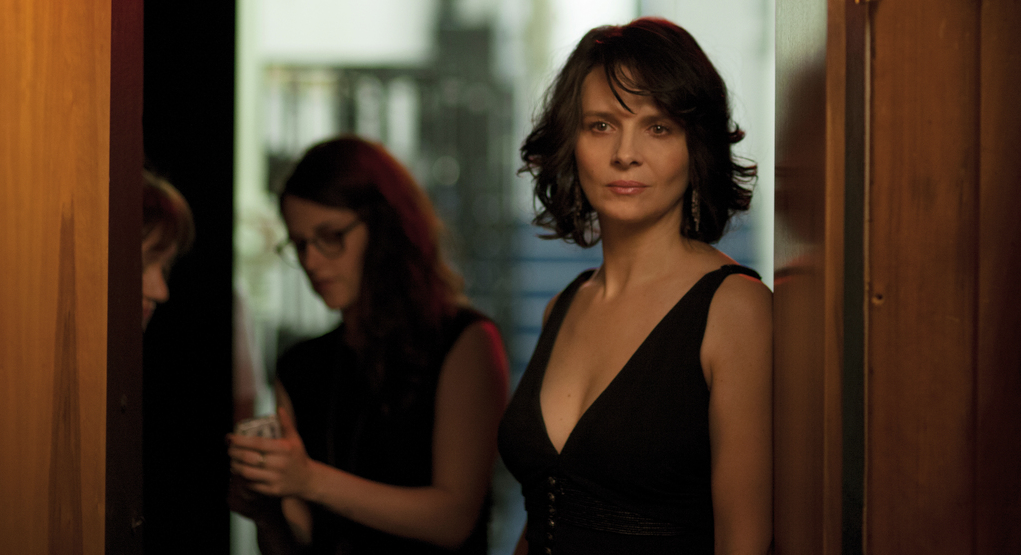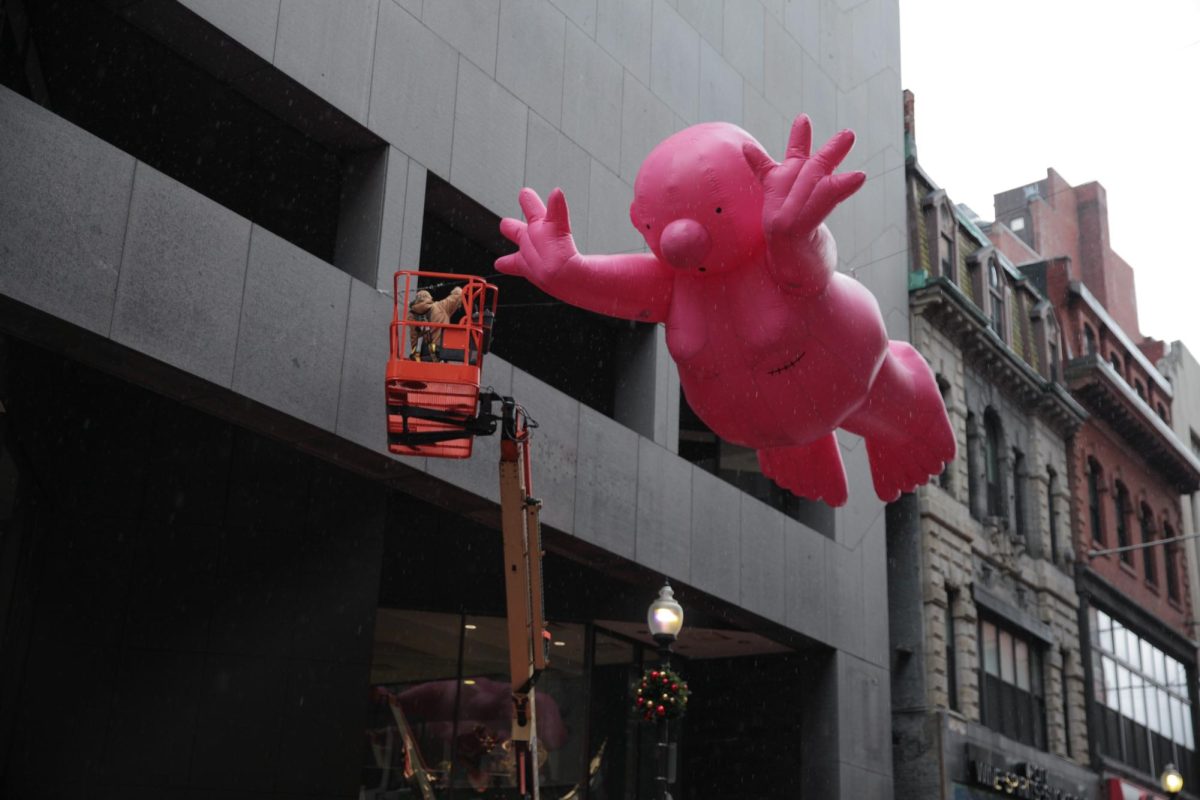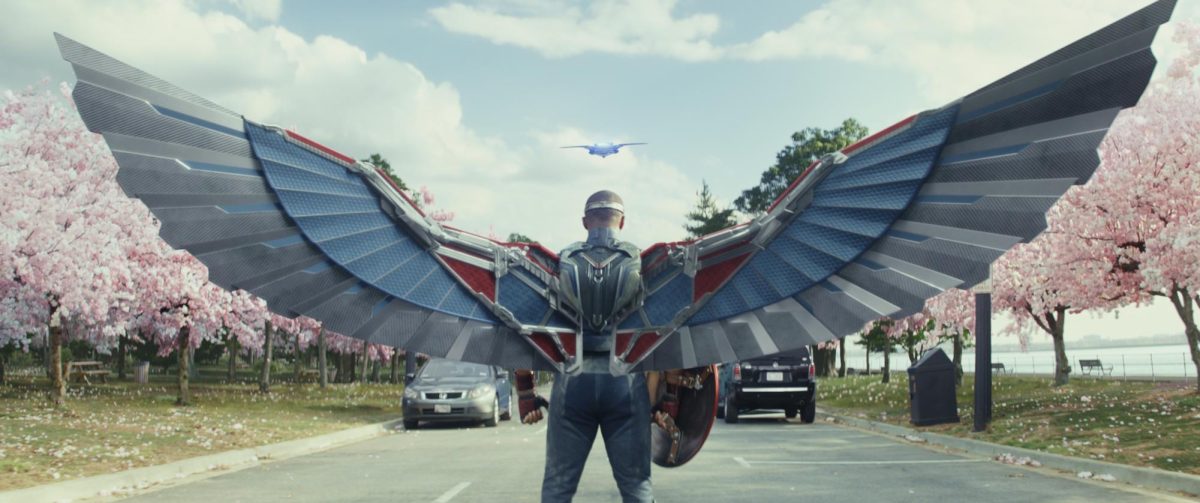By Isaac Feldberg, news correspondent
It’s not hard to see why filmmakers are so fascinated with the aging actress. To these women, youth is coveted both for personal and professional reasons; much more than it does for individuals in less visual careers, the struggle to stay young and beautiful holds special urgency for actresses.
At 51, Juliette Binoche is a curious case. What she’s doing can scarcely be described as aging – the French actress’ striking, expressive features retain the vivacity of a much younger woman. However, in Olivier Assayas’ “Clouds of Sils Maria,” she plays an actress who has been brusquely confronted, in a deliciously meta way, with the reality that the world has moved on to younger, prettier things.
Binoche’s character, theatre legend Maria Enders, got her start playing the part of a young office assistant named Sigrid, who seduces her older boss, Helena, and ultimately drives her to suicide. Now, 20 years later, the play is being remade. Involvement would ensure Maria the career resurgence she desperately wants – but there’s a catch. Instead of playing Sigrid, Maria is being asked to take on the role of Helena, opposite massively popular Hollywood starlet Jo-Ann Ellis (Chloë Grace Moretz), who wants to make her mark as a serious actress.
Maria detests everything about Helena, who she sees as the polar opposite of her favored role. Despite the passing years, she still identifies much more strongly with Sigrid’s exultant youth and coquettish autonomy, but the opportunity is too good to turn down and so, reluctantly, Maria takes the part, retreating with her devoted but somewhat jaundiced assistant, Valentine (Kristen Stewart), to a remote lodge in the Swiss Alps where they are to run lines and prepare for the production. There, the two enact the play, only to find their real-life interactions with one another blurring, often forcefully, with what’s written on the page.
Above all else, “Clouds of Sils Maria” is a sumptuous acting treat. Binoche infuses the role of Maria with the melancholic dignity it demands, and Moretz handles the edgier but slighter role of a tabloid fixture with a dexterity that should launch her further up the A-list. But it’s Stewart who steals the show, bringing Valentine to life as a persistent and passionate foil for Maria, able-minded and relatable but also attuned to an entirely different frequency than the older woman she slaves for. Though Moretz’s character is taking on Maria’s old role and seems primed to usurp her fame, it’s really Valentine’s self-confidence and insouciant sexuality that Maria simultaneously fears and lusts after.
Assayas is content to let his three stars dominate the screen. His camera follows them with the quiet awe of a true admirer, and the director films with a classically romantic eye, as absorbed by the emotions flitting across their faces as he is by the breathtaking beauty of his mountainous setting.
The film is playful and puzzling, a cinematic hall of mirrors in which each viewer will see something slightly different. Very much like a cloud, the film’s form is in a constant state of flux, expanding and retracting, appearing alternately as a psychosexual drama, a meta commentary on the pitfalls of fame and a celebration of the emotional connection every great performer has to their role.
Ultimately, what viewers will find reflected in the film’s opaque surface will depend entirely on the pre-existing determinations and desires they bring into the theater. That daring open-endedness is what makes “Clouds of Sils Maria” not just a striking rumination on what constitutes art, but an impressive and illuminating work of art in its own right.
Photo courtesy CG Cinéma










